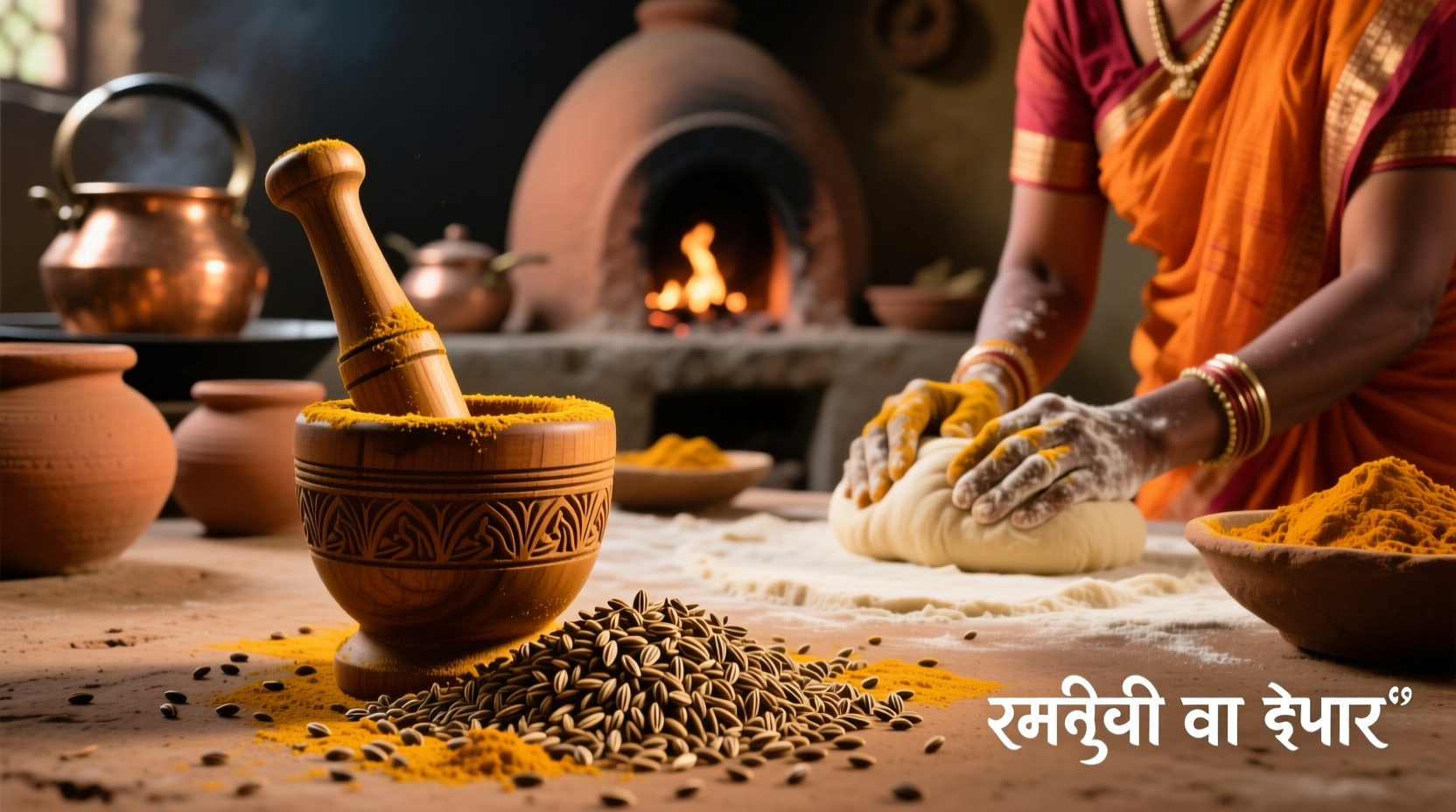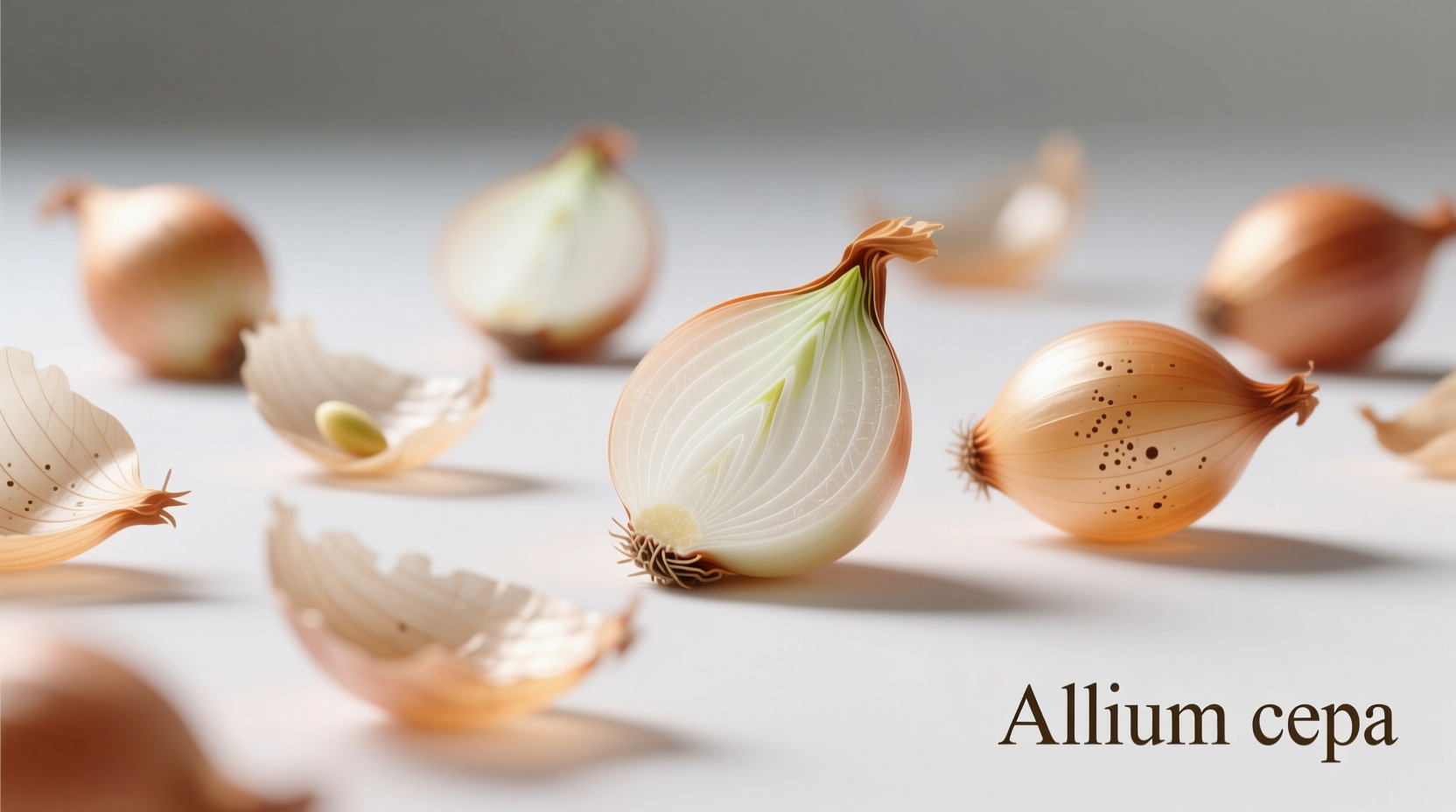Have you ever stood in a spice aisle puzzled by "onion seeds" that don't come from onions? You're not alone. This widespread misconception causes confusion for home cooks and leads to recipe failures. Let's clarify exactly what these seeds are, why they're mislabeled, and how to use them properly in your cooking.
What Are "Onion Seeds" Really?
The term "onion seeds" refers to Nigella sativa, commonly known as kalonji or black cumin. Despite the misleading name, these tiny black seeds come from a completely different plant family (Ranunculaceae) than onions (Allium cepa in the Amaryllidaceae family). The confusion likely stems from their mild onion-like aroma when crushed or cooked.
Nigella seeds are small (2mm), matte black, and triangular with a slightly curved shape. When toasted, they release a complex flavor profile—earthy with subtle onion notes, hints of oregano, and a peppery finish. This distinctive taste makes them indispensable in certain regional cuisines.
| Characteristic | Nigella Seeds ("Onion Seeds") | Actual Onion Seeds |
|---|---|---|
| Botanical Name | Nigella sativa | Allium cepa |
| Plant Family | Ranunculaceae (buttercup) | Amaryllidaceae |
| Flavor Profile | Earthy, onion-like, peppery | Mild onion flavor (rarely used) |
| Culinary Use | Widely used spice | Almost never used in cooking |
Culinary Applications of Nigella Seeds
Chef Antonio Rodriguez explains: "Nigella seeds transform dishes with their unique flavor when used correctly. Unlike actual onion seeds—which aren't commercially available as spices—nigella adds depth to breads, curries, and pickles."
Professional chefs use nigella seeds in three primary ways:
- Tempering (Tadka): Heating seeds in oil first to release flavors before adding other ingredients
- Bread Topping: Pressing into naan, sheermal, and Middle Eastern flatbreads
- Spice Blends: Key component in panch phoron (Bengali five-spice mix)
For optimal flavor extraction, toast nigella seeds in a dry pan for 1-2 minutes until fragrant. This simple step enhances their onion-like notes while reducing any bitterness. Add them early in cooking for infused flavor or at the end for distinct seed texture.

Nutritional Profile and Health Benefits
According to research published in the Journal of Ethnopharmacology, nigella seeds contain thymoquinone, which demonstrates antioxidant properties. Traditional medicine systems have used these seeds for centuries, particularly in Ayurvedic and Unani practices.
Nutritionally per tablespoon (6g):
- Calories: 35
- Fiber: 1g
- Protein: 1g
- Healthy fats: 2.5g (including linoleic acid)
Finding and Storing Nigella Seeds
Look for nigella seeds in:
- Indian, Middle Eastern, or Turkish grocery stores (labeled as kalonji)
- Well-stocked spice sections of supermarkets
- Reputable online spice retailers
When purchasing, check for these quality indicators:
- Uniform black color (avoid brownish seeds)
- Dry texture (no moisture or clumping)
- Fresh aroma (should smell earthy, not musty)
Store nigella seeds in an airtight container away from light and heat. Properly stored, they maintain peak flavor for 1-2 years. For extended freshness, keep them in the refrigerator—especially in humid climates.
Perfect Substitutes When Nigella Isn't Available
If your recipe calls for "onion seeds" and you can't find nigella, consider these alternatives:
- Best substitute: Black sesame seeds + a pinch of onion powder (1:1 ratio)
- Acceptable alternative: Caraway seeds (use 75% of amount called for)
- For breads only: Onion seeds (actual Allium seeds) aren't suitable—use nigella or the sesame alternative
Never substitute regular onion powder alone—it lacks the textural element and creates an overpowering onion flavor. The unique combination of nigella's texture and subtle onion notes can't be replicated with a single ingredient.
Growing Your Own Nigella
Gardeners can grow nigella plants (often sold as "love-in-a-mist") as ornamentals that also produce usable seeds. The plants thrive in USDA zones 2-11 with:
- Full sun to partial shade
- Well-draining soil
- Moderate watering
Harvest seeds when the seed pods turn brown and dry. Store harvested seeds in paper bags for 2-3 weeks to fully cure before transferring to airtight containers.
Frequently Asked Questions
Can I use actual onion seeds instead of nigella?
No—onion seeds (from Allium plants) have minimal culinary use and lack nigella's distinctive flavor. They're primarily used for growing more onions, not cooking.
Are nigella seeds the same as black cumin?
Yes, nigella seeds are often called black cumin, though they're unrelated to regular cumin (Cuminum cyminum). This is another common point of confusion in spice naming.
Why do recipes call them "onion seeds" if they're not from onions?
This misnomer likely originated from early spice traders describing the flavor to customers unfamiliar with nigella. The name stuck despite being botanically inaccurate.
Can I substitute nigella seeds in baking?
Yes, but adjust quantities—use 75% of the called amount since nigella has a stronger flavor than sesame. They work particularly well in savory breads and crackers.











 浙公网安备
33010002000092号
浙公网安备
33010002000092号 浙B2-20120091-4
浙B2-20120091-4